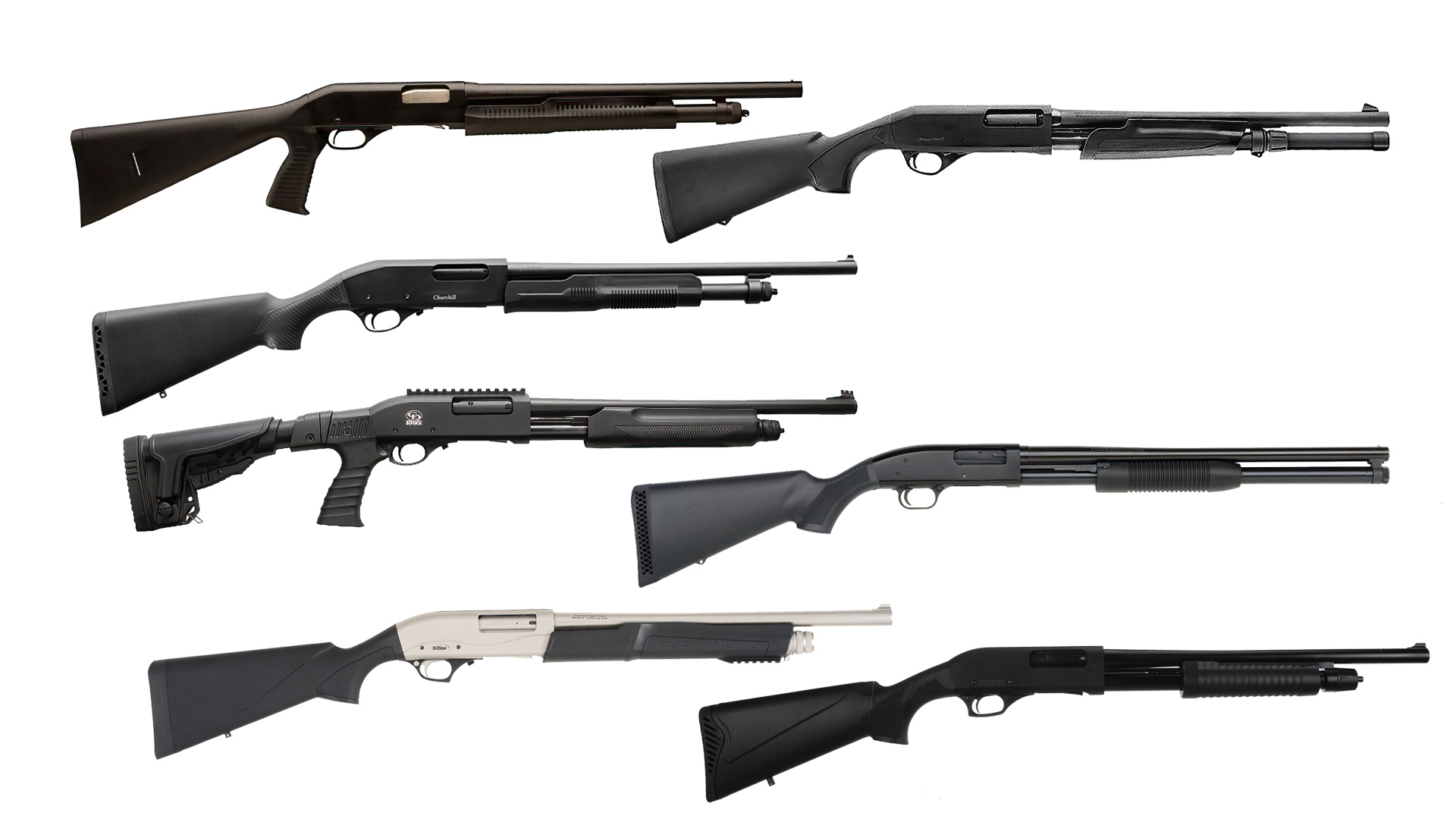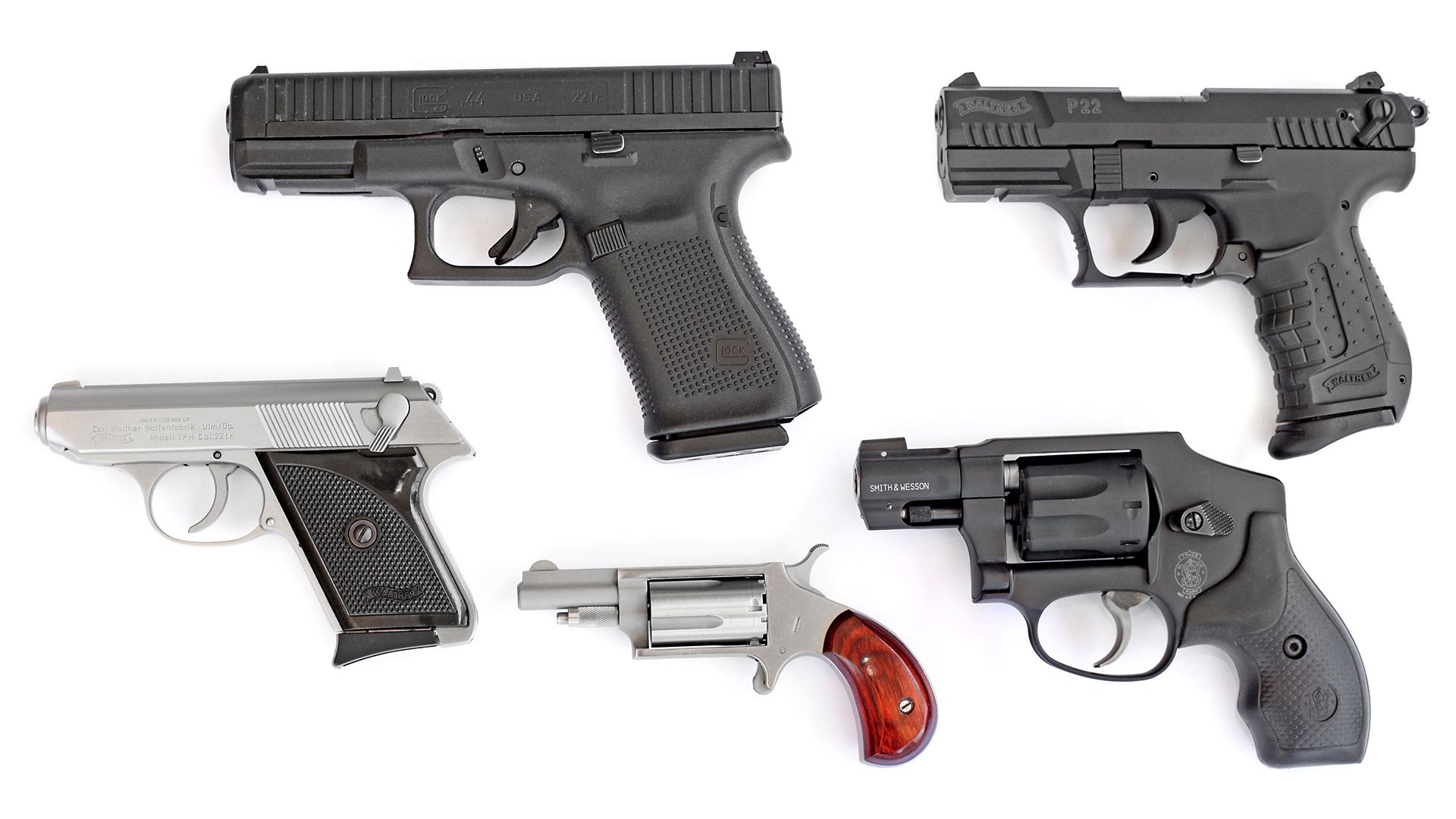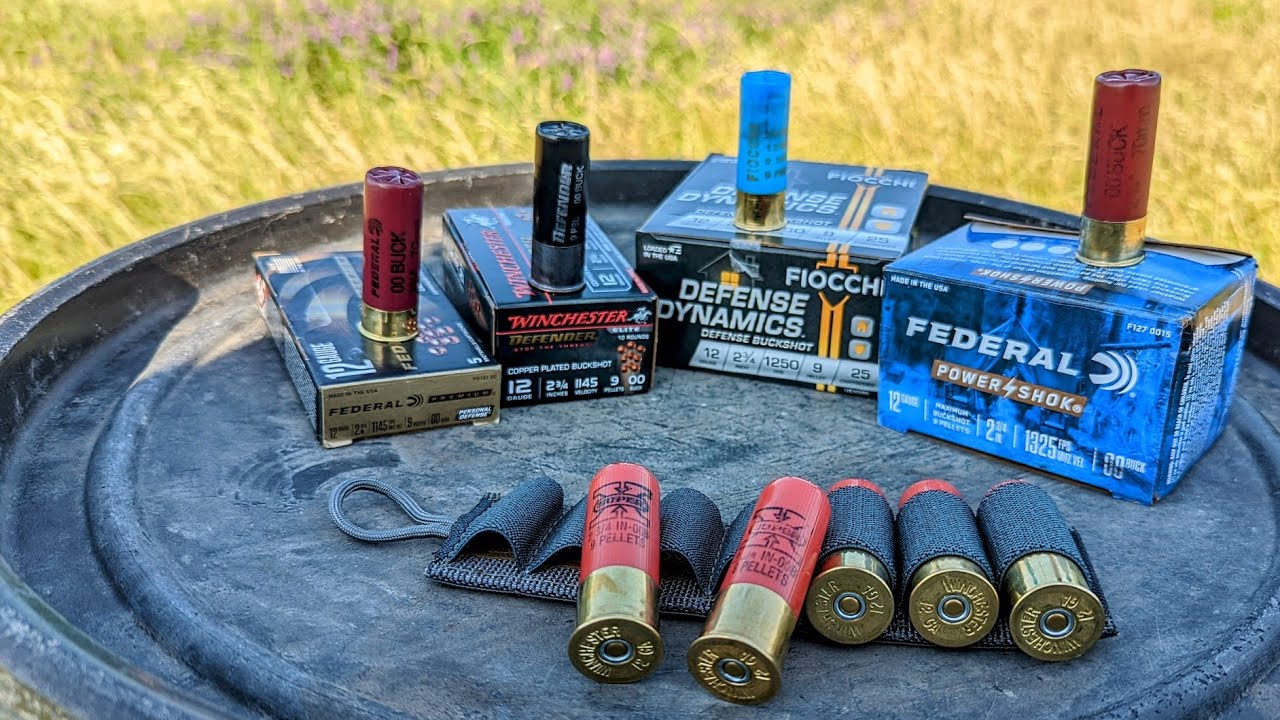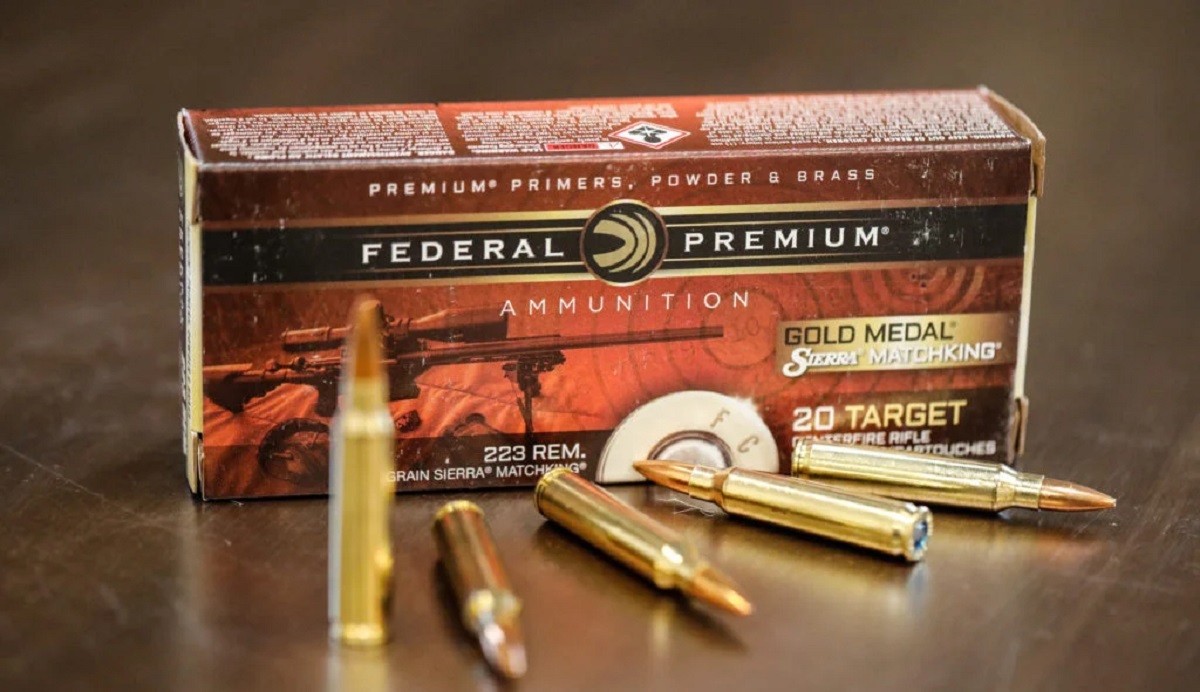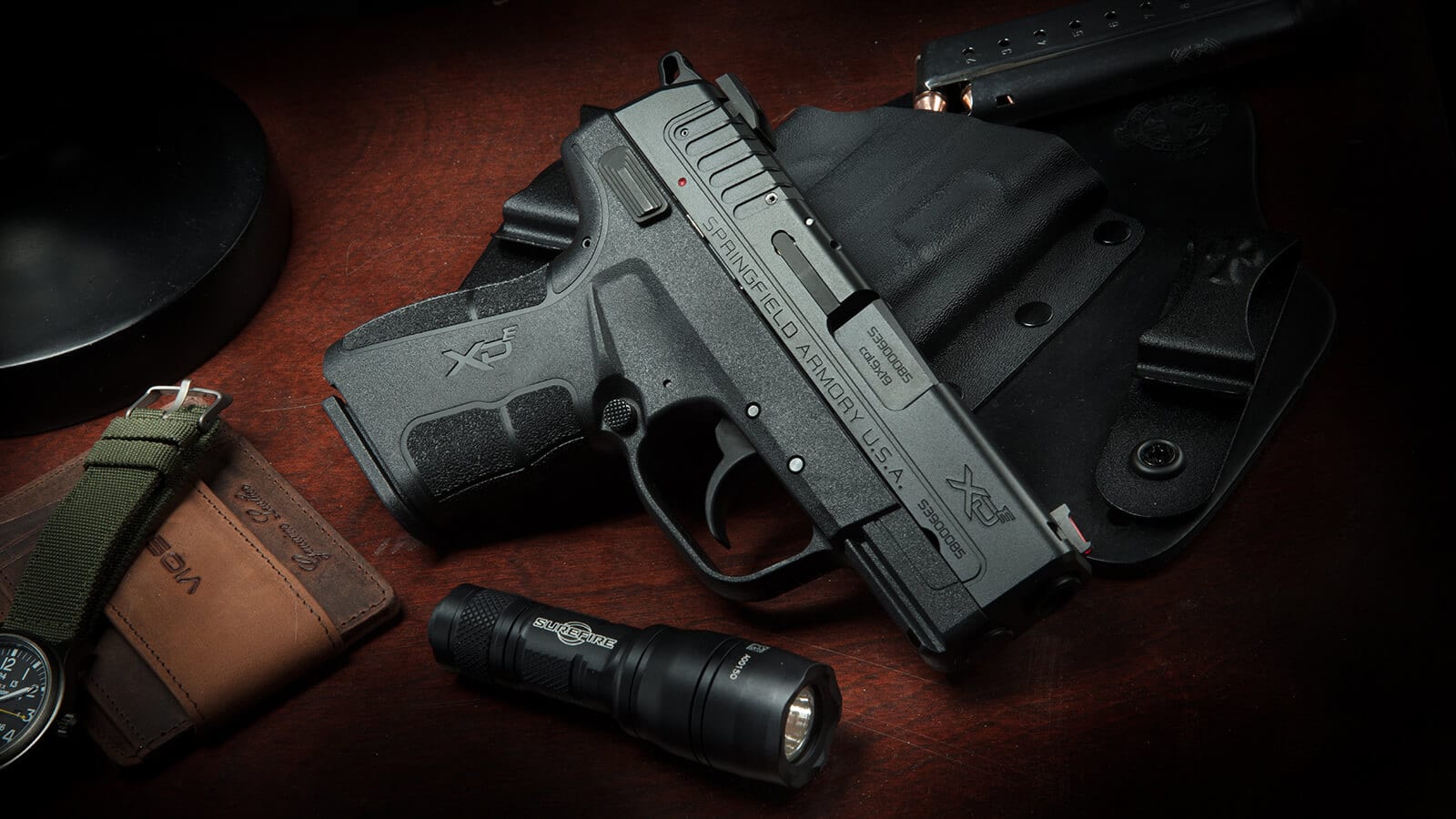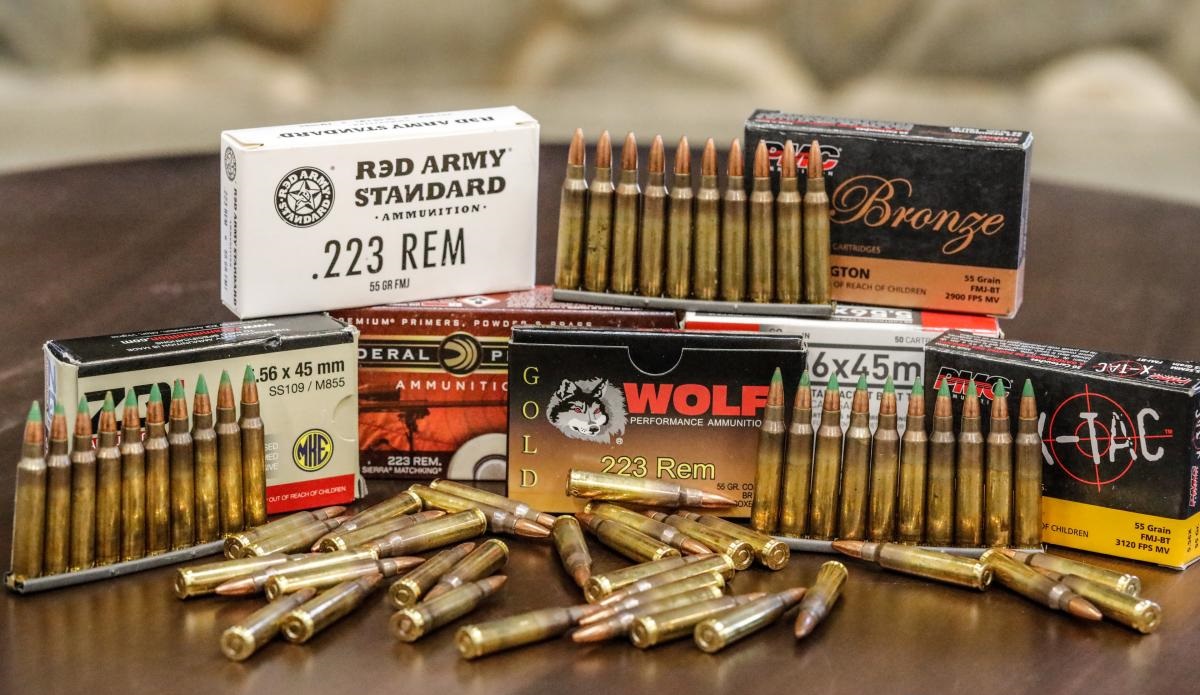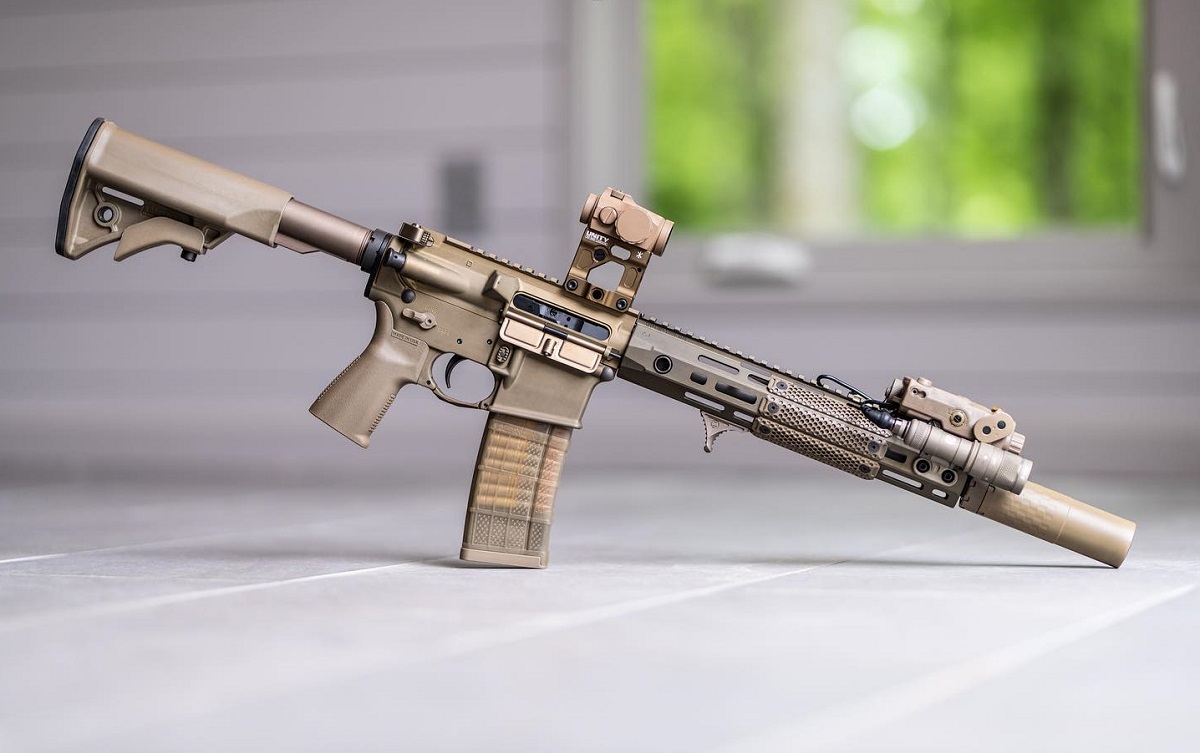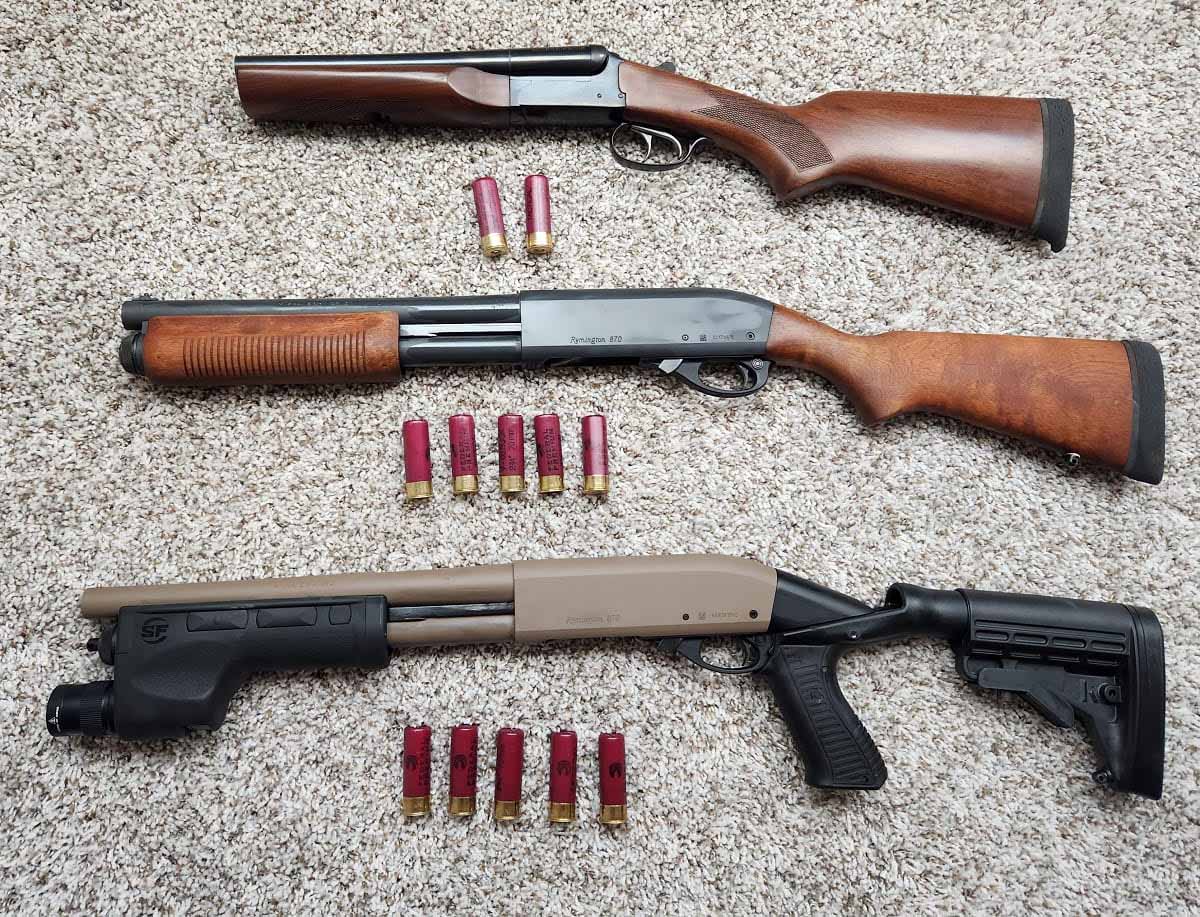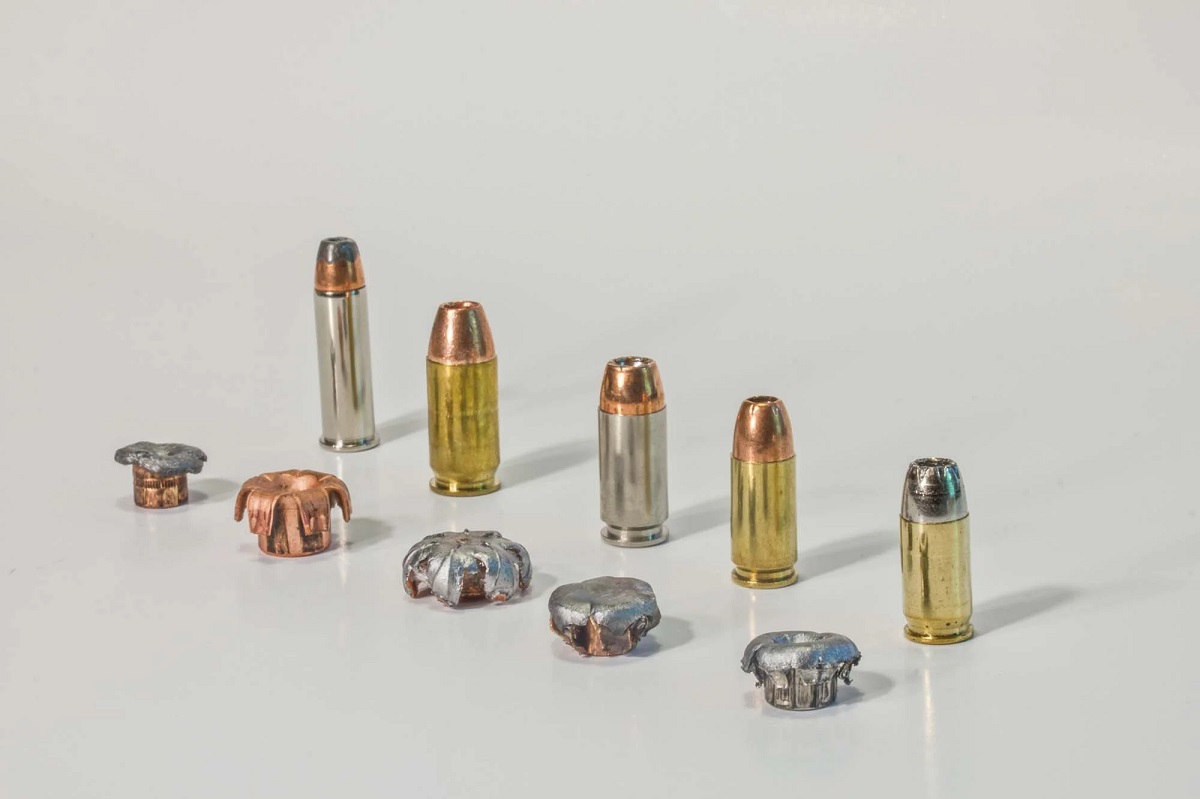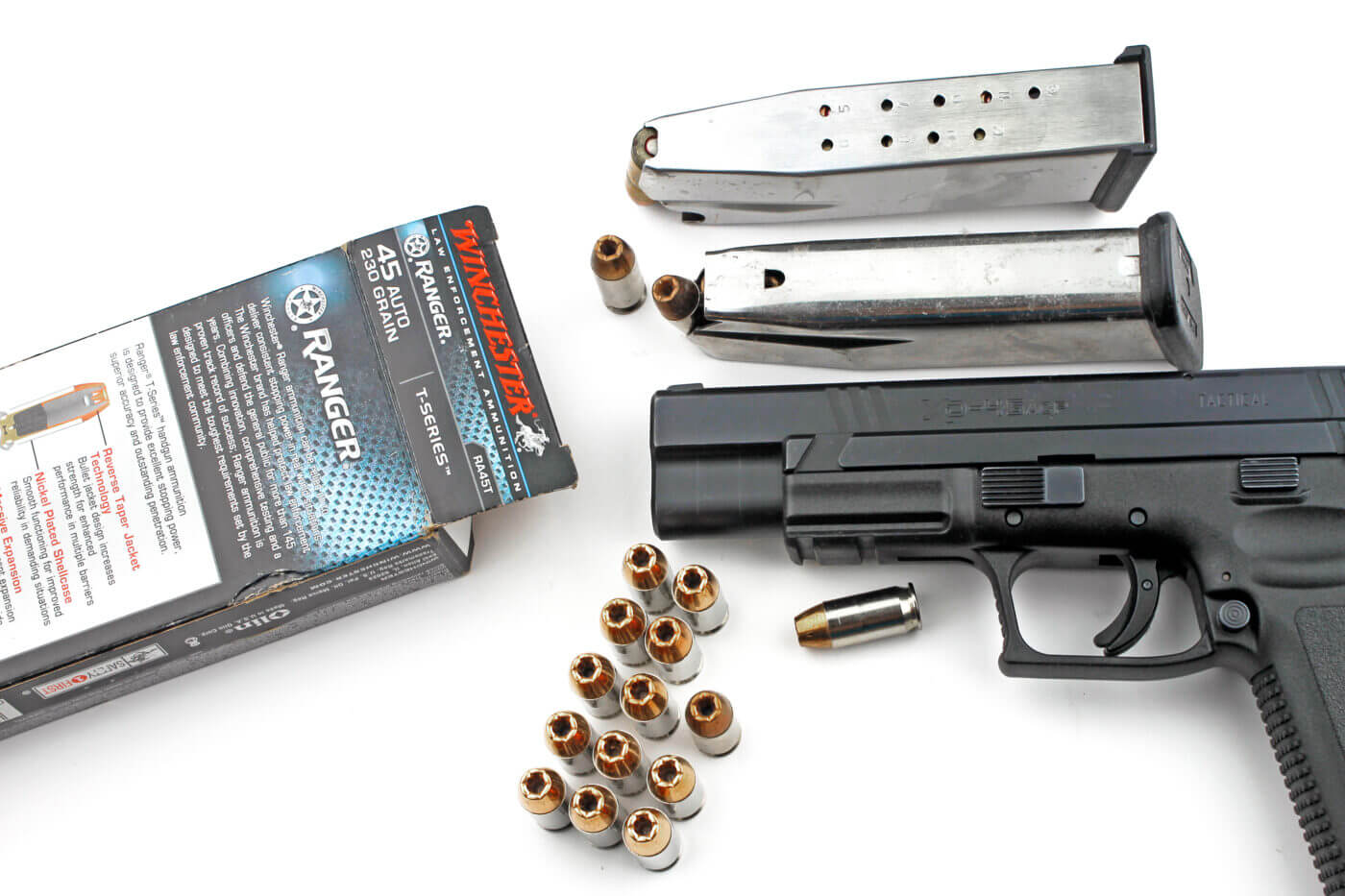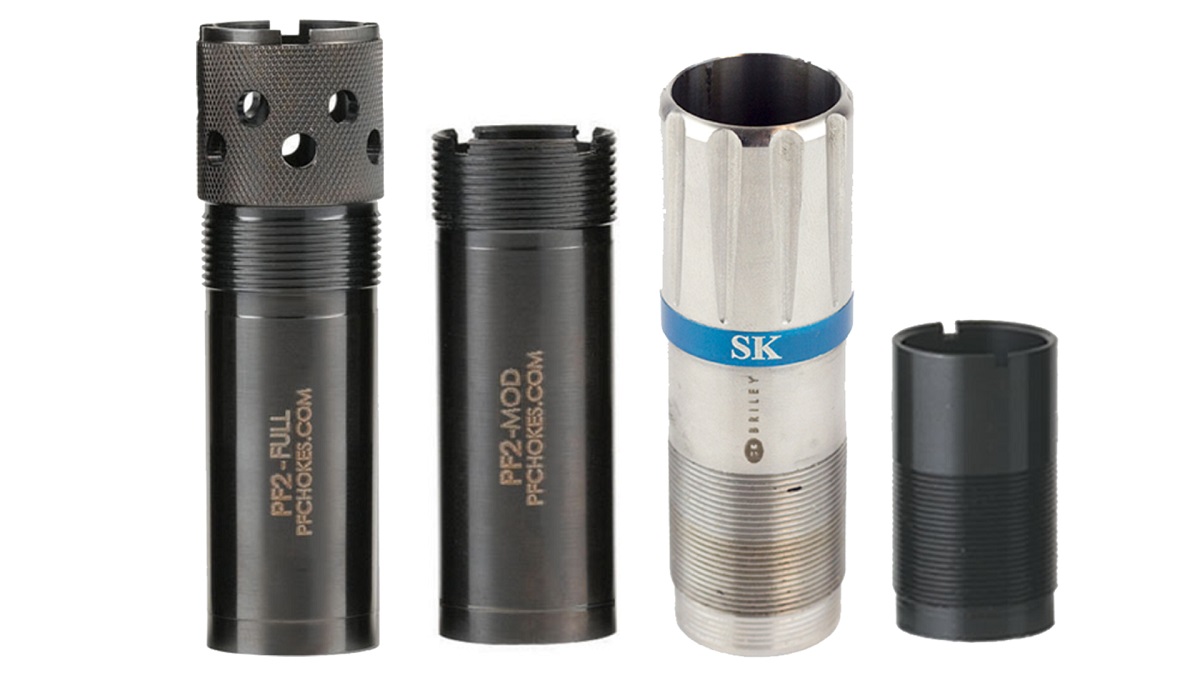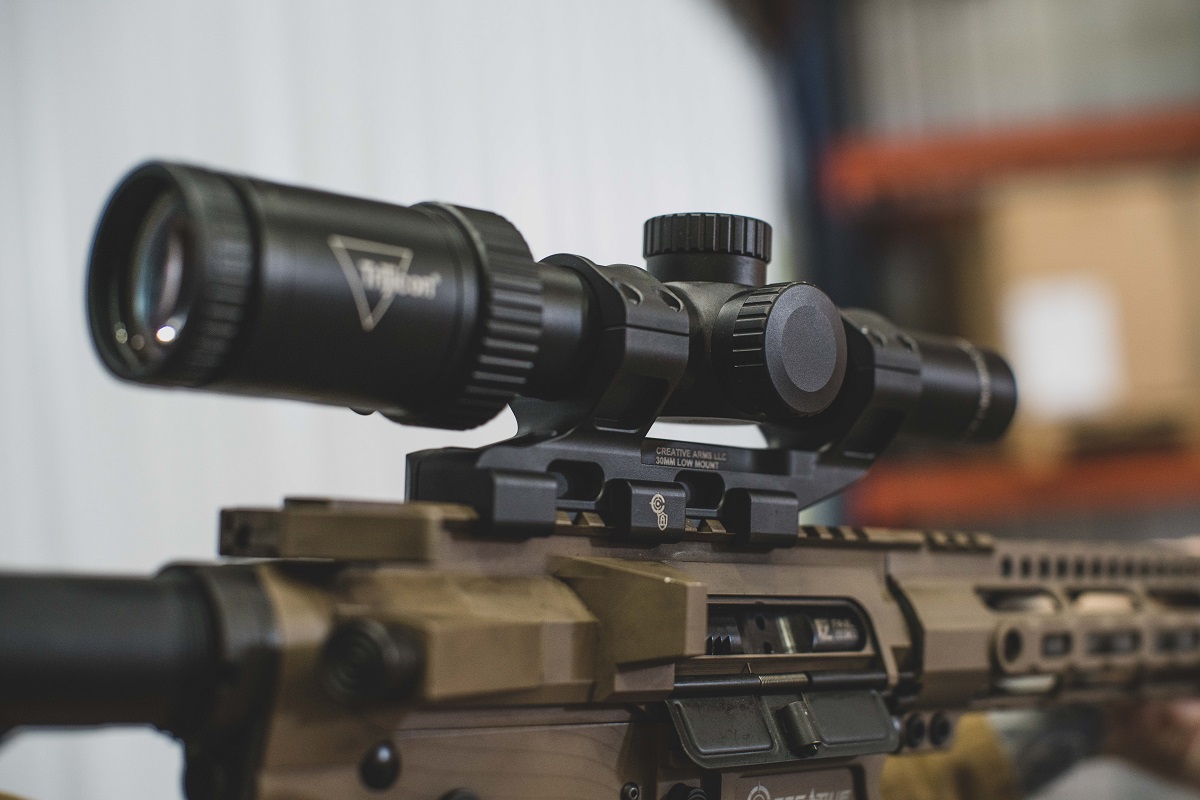Home>Home Security and Surveillance>What Is The Best Home Defense Weapon
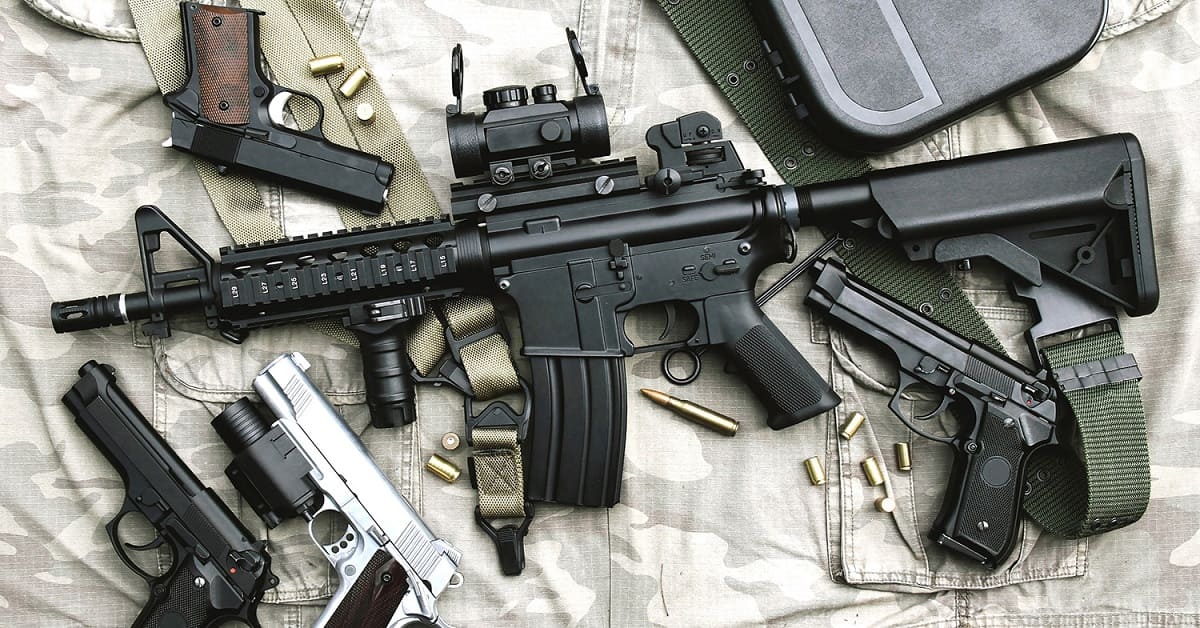

Home Security and Surveillance
What Is The Best Home Defense Weapon
Modified: March 6, 2024
Looking for the best home defense weapon? Enhance your home security and surveillance with our expert recommendations to keep your family safe.
(Many of the links in this article redirect to a specific reviewed product. Your purchase of these products through affiliate links helps to generate commission for Storables.com, at no extra cost. Learn more)
Introduction
Welcome to the world of home security and surveillance! In today’s ever-changing world, it’s crucial to prioritize the safety and protection of our homes and loved ones. One of the most effective ways to ensure the security of your home is by investing in a reliable home defense weapon.
However, with the wide variety of options available, it can be overwhelming to determine which home defense weapon is the best fit for your needs. In this article, we will explore the different factors to consider when choosing a home defense weapon, as well as the various options available in the market.
Whether you are a first-time homeowner or someone looking to upgrade your existing security system, this article will provide you with valuable insights to make an informed decision.
Remember, when it comes to home defense, it’s not just about owning a weapon, but also understanding how to use it safely and responsibly. Let’s dive in and explore the world of home defense weapons together!
Key Takeaways:
- Choose a home defense weapon based on your comfort, home layout, and training. Consider non-lethal options like pepper spray or stun guns for effective self-defense without lethal force.
- Prioritize safety and responsibility when selecting and using a home defense weapon. Regularly assess and update your home security measures to create a secure environment for your loved ones.
Read more: What Is The Best Dog For Home Defense
Factors to Consider When Choosing a Home Defense Weapon
When considering a home defense weapon, it’s important to take several factors into account to ensure that you make the right choice for your specific needs. Here are some key factors to consider:
- Effectiveness: The first and foremost consideration is the effectiveness of the weapon in deterring or neutralizing a potential threat. Look for a weapon that has a proven track record of stopping intruders and protecting lives.
- Laws and regulations: Familiarize yourself with the laws and regulations surrounding home defense weapons in your area. Depending on your location, there may be restrictions on certain types of weapons or requirements for registration and ownership.
- Familiarity and training: Choose a weapon that you are comfortable and familiar with. Proper training and regular practice are essential to ensure that you can effectively and safely use the weapon when the need arises.
- Accessibility: Consider how easily accessible the weapon will be in case of an emergency. It should be secured in a location that is easily accessible to you but not accessible to unauthorized individuals, especially children.
- Capability: Evaluate the weapon’s capability to incapacitate an intruder. Factors such as range, accuracy, and stopping power should be taken into consideration to ensure that it can effectively neutralize a threat.
- Home layout: Take into account the layout of your home. Some weapons, such as shotguns, may be more suitable for large open spaces, while handguns may be better for maneuvering around tighter spaces.
- Legal and ethical considerations: Consider the potential legal and ethical ramifications of using lethal force. Understand the laws in your jurisdiction regarding the use of lethal force in self-defense and weigh the potential consequences.
- Budget: Determine your budget for a home defense weapon. Keep in mind that the cost not only includes the purchase of the weapon but also any necessary accessories, training, and maintenance.
By carefully considering these factors, you can make an informed decision and choose a home defense weapon that aligns with your needs and provides effective protection for your home and loved ones.
Firearms for Home Defense
Firearms have long been a popular choice for home defense due to their effectiveness and versatility. Here are some types of firearms commonly used for home defense:
- Shotguns: Shotguns are a popular choice for home defense due to their wide spread pattern, which increases the chances of hitting the target even in high-stress situations. They are reliable and powerful, with various ammunition options available, including birdshot, buckshot, and slugs.
- Handguns: Handguns provide a compact and easily maneuverable option for home defense. They come in different calibers and sizes, allowing you to choose one that fits comfortably in your hand and is easy to handle. Additionally, handguns can be equipped with accessories like tactical lights and lasers to aid in low-light situations.
- Semi-automatic rifles: Semi-automatic rifles, such as the AR-15, are another option for home defense. They offer increased accuracy and firepower over shotguns and handguns, making them suitable for defending larger properties or against multiple intruders. However, it’s important to note that regulations surrounding the ownership of semi-automatic rifles may vary.
When selecting a firearm for home defense, it’s crucial to consider factors such as the firearm’s recoil, ease of use, and capacity. Additionally, it’s essential to prioritize firearm safety and ensure that you keep your firearms securely stored and out of reach of unauthorized individuals, especially children.
It’s worth noting that owning a firearm for home defense requires responsible ownership, including proper training in handling, storage, and regular practice at the shooting range to maintain proficiency. Additionally, stay up-to-date with local laws and regulations regarding firearms ownership and usage.
Ultimately, the choice of firearm for home defense should be based on your comfort level, personal preferences, and your home’s layout. It’s crucial to make an informed decision and select a firearm that you are confident and comfortable using in a high-stress situation.
Shotguns for Home Defense
Shotguns are a popular choice for home defense due to their power, versatility, and ease of use. Here are some key aspects to consider when selecting a shotgun for home defense:
Ammunition: Shotguns utilize a variety of ammunition types, including birdshot, buckshot, and slugs. Birdshot consists of numerous small pellets and is typically used for hunting birds. Buckshot is loaded with larger pellets and is more suitable for self-defense as it offers better stopping power. Slugs are single projectiles and provide accurate and powerful shots over longer distances.
Capacity: The capacity of a shotgun refers to the number of rounds it can hold. Shotguns typically come in various capacities, ranging from single-shot to semi-automatic. Consider your specific needs and the level of potential threat you may face when deciding on the capacity of your shotgun.
Barrel length: The barrel length of a shotgun affects its maneuverability and accuracy. Shorter barrels are more maneuverable in tight spaces but may sacrifice some accuracy and range. Longer barrels provide better accuracy and range but may be less maneuverable. Strike a balance between your home’s layout and your comfort in handling the shotgun.
Home layout: Consider the layout of your home when selecting a shotgun. Shotguns with shorter barrels and smaller overall lengths may be more suited for maneuvering around tight corners and narrow hallways. If you have a larger home with more open spaces, a shotgun with a longer barrel may be preferable for increased accuracy and range.
Noise and recoil: Shotguns are known for their loud noise and significant recoil. These factors can be intimidating and may affect your ability to accurately fire follow-up shots. It’s essential to practice shooting and become familiar with your shotgun to minimize the impact of noise and recoil.
Accessories: You can enhance the effectiveness of your shotgun for home defense by adding accessories such as weapon-mounted lights, lasers, and recoil-reducing stocks. These accessories can improve accuracy and target acquisition in low-light situations.
Training and practice: It’s crucial to receive proper training in handling and shooting shotguns. Practice regularly at the shooting range to maintain proficiency and become comfortable with your shotgun. Familiarize yourself with the operation of your specific shotgun model, including loading, unloading, and clearing malfunctions.
Remember, the selection of a shotgun for home defense is a personal choice. Consult with a reputable firearms dealer and consider seeking guidance from professionals who specialize in home defense. Take the time to handle different shotgun models to determine which one feels most comfortable and fits your needs best.
Handguns for Home Defense
Handguns are a popular choice for home defense due to their compact size, ease of use, and versatility. When selecting a handgun for home defense, consider the following factors:
Caliber: Handguns come in various calibers, including 9mm, .40 S&W, and .45 ACP, among others. Consider the stopping power and recoil of different calibers, while also keeping in mind your comfort level in handling and shooting a particular caliber.
Size and capacity: Handguns vary in size, ranging from compact models suitable for concealed carry to full-sized handguns with larger magazines. Consider the size and capacity of the handgun based on your home’s layout, your ability to conceal the weapon if necessary, and your overall shooting preferences.
Sights: The type of sight on a handgun can greatly affect accuracy. Choose a handgun with easy-to-use sights that allow for quick target acquisition in different lighting conditions, such as night sights or fiber optic sights.
Trigger: A smooth and predictable trigger pull is important for accurate shooting. Look for a handgun with a trigger that is comfortable for you and allows for consistent and controlled shots.
Ease of operation: Handguns should be easy to operate, especially in high-stress situations. Look for features such as ambidextrous controls, slide serrations for easy manipulation, and a magazine release that is easily accessible and intuitive.
Accessories: Handguns can be enhanced with accessories such as weapon-mounted lights, lasers, and extended magazines. These accessories can aid in target identification, low-light shooting, and increasing ammunition capacity.
Reliability and reputation: Opt for a reliable and reputable handgun from a trusted manufacturer. Research customer reviews and seek recommendations from knowledgeable sources to ensure that you choose a handgun known for its reliability and performance.
Training and practice: Proper training is crucial for safe and effective handgun use. Seek professional training to learn proper shooting techniques, weapon manipulation, and responsible firearm handling. Regular practice will help maintain proficiency and increase your confidence in using the handgun for home defense.
Ultimately, the choice of a handgun for home defense will depend on your personal preferences, including factors such as caliber, size, and overall comfort. Consider consulting with a knowledgeable firearms dealer or seeking advice from professionals who specialize in home defense to ensure that you make an informed decision.
The best home defense weapon is one that you are comfortable and proficient with. This could be a firearm, a non-lethal option like pepper spray, or even a baseball bat. Practice and training are key to effectively using any weapon for home defense.
Read more: What Handgun Is The Best For Home Defense
Non-Lethal Options for Home Defense
Not everyone feels comfortable or wants to use lethal force for home defense. Thankfully, there are non-lethal options available that can still effectively deter or incapacitate an intruder. Here are some non-lethal options to consider:
- Pepper spray: Pepper spray is a commonly used non-lethal self-defense tool. It contains a concentrated solution of capsaicin, a chemical that causes temporary blindness, difficulty breathing, and intense pain. It can be an effective option for close-quarters encounters.
- Stun guns: Stun guns deliver an electric shock to an attacker, temporarily disabling their muscular function and causing them pain. They come in various forms, including handheld devices and batons, and can provide a reliable option for self-defense.
- Taser: A Taser is a device that shoots electrical charges into an assailant, disrupting their central nervous system and causing temporary immobilization. Tasers can have a longer range than stun guns and provide another non-lethal option for home defense.
- Personal alarms: Personal alarms emit a loud, high-pitched sound when activated, serving as a deterrent and alerting others to your situation. They are compact and easy to carry, making them an excellent option for individuals who prefer not to use physical force.
- Home security systems: While not a direct non-lethal weapon, a comprehensive home security system can serve as an effective deterrent. Install motion sensors, surveillance cameras, and alarms to protect your home and alert you to any potential threats.
- Home defense batons: Home defense batons, such as expandable batons, can provide a non-lethal means of self-defense. These compact and easily deployable weapons can help deter and incapacitate an intruder without causing significant harm.
Non-lethal options are an excellent choice for individuals who wish to avoid taking a life or who have concerns about the potential legal and ethical consequences of using lethal force in self-defense.
When considering non-lethal options, it’s important to remember that proper training and familiarization with the chosen tool are still necessary. Ensure that you understand how to use the non-lethal weapon effectively and safely, and practice using it in various scenarios.
Ultimately, the choice of a non-lethal option for home defense depends on your personal preferences, comfort level, and the level of threat you anticipate. Consider researching and consulting with professionals to determine which non-lethal option aligns best with your needs and provides you with a sense of security for your home and loved ones.
Melee Weapons for Home Defense
When it comes to home defense, melee weapons can be an effective choice for close-quarters combat. Here are some melee weapon options to consider:
- Baseball bat: A baseball bat is a simple yet powerful melee weapon that can be used to strike an intruder. Its long reach and solid construction make it a versatile option for self-defense.
- Tactical knife: A tactical knife is a compact and easily concealable weapon that can be used for self-defense. It requires proper training to use effectively and safely, but its versatility and portability make it a popular choice.
- Machete: A machete is a large, heavy blade that can provide both a visual deterrent and a formidable weapon for home defense. It has a long reach and can be used to strike or slash an intruder.
- Crowbar: A crowbar is a versatile tool that can be used as both a tool and a makeshift weapon. Its sturdy construction and leverage make it a formidable option for self-defense.
- Stun baton: A stun baton combines the striking ability of a traditional baton with the electrical shock of a stun gun. It can deliver a powerful electric shock to incapacitate an attacker while allowing for a safe striking distance.
- Tactical flashlight: Although primarily used for illumination, a tactical flashlight can also serve as an improvised self-defense weapon. Its intense light can disorient an attacker, giving you an opportunity to escape or strike back.
When choosing a melee weapon for home defense, consider factors such as your strength, comfort level, and familiarity with the weapon. It’s important to choose a weapon that you are capable of using effectively and confidently.
Familiarize yourself with the proper techniques and use of the chosen melee weapon. Training in self-defense techniques and practicing with the weapon will help ensure that you can use it efficiently and effectively in a high-stress situation.
Remember that while melee weapons can be effective, they require close proximity to the threat. Always prioritize your safety and use these weapons as a last resort when all other options have been exhausted.
Additionally, be aware of the legalities surrounding the use of melee weapons and the potential consequences of using them in self-defense. Laws regarding carrying or using a melee weapon for self-defense may vary depending on your location.
Ultimately, the choice of a melee weapon for home defense should align with your personal preferences, comfort level, and the potential threat you may face. Consider consulting with professionals or seeking guidance from self-defense experts to help you make an informed decision.
Improvised Weapons for Home Defense
In situations where traditional weapons may not be readily available, improvising with everyday objects can provide effective means of self-defense. Here are some examples of improvised weapons for home defense:
- Household items: Everyday household items can be repurposed as improvised weapons. Heavy objects like glass bottles, rolling pins, or a frying pan can be used to strike an intruder and provide a temporary advantage.
- Keys: Held tightly between your fingers, keys can serve as a close-contact weapon. Aim for sensitive areas like the eyes or throat to maximize impact and create an opportunity to escape.
- Belts or cords: Belts or cords can be used for restraining an intruder or creating a makeshift whip-like weapon to disorient and deter them.
- Fire extinguisher: A fire extinguisher can be used to spray an intruder with foam, temporarily blinding them and buying you time to escape or subdue them.
- Home cleaning supplies: Items like aerosol sprays or cleaning products can be used as improvised weapons, either by spraying them in an intruder’s face or using them in combination with a lighter to create a makeshift flamethrower for self-defense.
- Tools: Tools such as hammers, wrenches, or screwdrivers can be used as improvised weapons in close-quarters combat. These items have weight and sharp edges that can help defend against an attacker.
Keep in mind that using improvised weapons for self-defense requires quick thinking and adaptability. Improvised weapons should only be used as a last resort when no other options are available.
Familiarize yourself with the potential uses and limitations of improvised weapons. Practice using them, ensuring that you are comfortable and confident in their handling, to increase your chances of effectively defending yourself.
However, it’s important to note that improvising weapons may have legal implications in different jurisdictions. Familiarize yourself with local laws regarding the use of improvised weapons for self-defense to avoid potential legal consequences.
Remember, the goal of self-defense is to protect yourself and loved ones while minimizing harm. If possible, always prioritize your safety and consider escape or seeking help as the primary course of action.
Consider obtaining professional training in self-defense techniques, which can teach you how to use improvised weapons effectively and provide valuable skills for personal protection.
While improvised weapons can provide a means of self-defense in emergency situations, it’s important to invest in proper home security measures and regularly evaluate and improve your overall home defense strategy.
Choosing the Best Home Defense Weapon for You
Selecting the best home defense weapon requires careful consideration of your personal needs, comfort level, and the specific characteristics of your home. Here are some key factors to help you make an informed decision:
- Assess your comfort level: Consider your comfort level in handling and using different types of weapons. It’s important to choose a weapon that you are confident and comfortable with, as this will enhance your ability to use it effectively in a high-stress situation.
- Evaluate your home’s layout: Assess the layout and dimensions of your home. Determine if you have narrow hallways, small rooms, or larger open spaces. This will help you decide which type of weapon is most suitable for maneuverability and ease of use in your home.
- Consider your training and practice: Factor in the amount of time and effort you are willing to invest in training and practice with your chosen weapon. Proper training is crucial to ensure your proficiency and safety when handling and using a weapon for home defense.
- Weigh the pros and cons: Evaluate the pros and cons of different weapon options. Consider factors such as stopping power, range, recoil, legal considerations, and potential collateral damage. Balancing these factors will help you determine which weapon aligns best with your needs.
- Consult with professionals: Seek guidance from professionals who specialize in home defense, such as firearms dealers, security consultants, or self-defense experts. They can provide valuable insights and expertise to help you make an informed decision.
- Consider non-lethal alternatives: If you are uncomfortable with using lethal force, explore non-lethal options for home defense, such as pepper spray or stun devices. These alternatives can still provide effective means of self-defense while minimizing the risk of fatal consequences.
- Stay within legal boundaries: Familiarize yourself with the laws and regulations regarding the ownership and use of home defense weapons in your area. Ensure that your chosen weapon and its features comply with local laws to avoid any legal complications.
Ultimately, the best home defense weapon for you will depend on your individual circumstances and personal preferences. Take the time to research and seek expert advice to make an informed decision that provides you with a sense of security and peace of mind.
Remember that owning a weapon for home defense is a serious responsibility. Continuously reassess and update your skills, stay current with legal requirements and safety protocols, and regularly evaluate your overall home security plan to ensure the safety of yourself and your loved ones.
Read more: What Glock Is Best For Home Defense
Conclusion
When it comes to home security and surveillance, choosing the right home defense weapon is a critical decision. Whether you opt for firearms, non-lethal options, melee weapons, or improvised tools, it’s important to consider several factors to ensure the best fit for your needs.
Factors such as effectiveness, familiarity, accessibility, legality, and your home’s layout should be carefully considered when making your selection. Additionally, prioritizing proper training, regular practice, and adhering to legal and ethical considerations are essential for responsible ownership of any home defense weapon.
Firearms, such as shotguns and handguns, offer power, accuracy, and versatility. Non-lethal options like pepper spray or stun devices provide alternative means of self-defense. Melee weapons and improvised tools can prove effective in close-quarters combat when other options are unavailable.
Ultimately, the best home defense weapon for you will depend on your personal comfort level, home layout, training, and legal considerations. Consulting professionals and seeking expert advice can help guide you in making an informed decision that aligns with your specific needs and preferences.
Remember, the goal is to protect yourself and your loved ones, so prioritizing safety and responsible usage is paramount. Regularly assess and update your home security measures, including considering the installation of a home security system and ensuring the accessibility of emergency communication devices.
Above all else, prevention should be the first line of defense. Implementing strong security measures, such as reinforced doors, motion sensor lighting, and secure windows, can deter potential intruders in the first place.
By taking a comprehensive and proactive approach to home security, coupled with the right choice of home defense weapon, you can create a secure and protected environment for you and your loved ones.
Frequently Asked Questions about What Is The Best Home Defense Weapon
Was this page helpful?
At Storables.com, we guarantee accurate and reliable information. Our content, validated by Expert Board Contributors, is crafted following stringent Editorial Policies. We're committed to providing you with well-researched, expert-backed insights for all your informational needs.
